(HNMO) - On the afternoon of June 8, according to news from the 108 Central Military Hospital, the hospital's Internal Resuscitation and Anti-Poison Department has just received a male patient in Hanoi diagnosed with heat stroke with organ damage.
This 29-year-old male patient was transferred from Thach That District Hospital (Hanoi) to 108 Military Central Hospital with a diagnosis of heat stroke with organ damage (liver, kidney, hematology).
According to the family, after jogging about 5km at 5pm, the patient felt dizzy, lightheaded, and hot all over. Afterwards, the patient quickly fell into a coma and was promptly taken to the emergency room by his family.
The patient's test results showed increased liver enzymes; renal failure with a glomerular filtration rate of 50 ml/min; thrombocytopenia of 84 G/l, decreased coagulation function, and prothrombin percentage (PT) of 55%. During treatment, the patient's body temperature was controlled, he received intravenous fluids, electrolyte replacement, and other active medical treatments. After more than a week, the patient's organ function improved, he was discharged from the hospital, and there were no sequelae.
According to doctors, this patient was fortunate to receive timely and proper emergency care, thus avoiding unfortunate consequences. However, heat stroke on hot days always poses many potential dangers.
Dr. Pham Dang Hai, Deputy Head of the Department of Internal Resuscitation and Anti-Poisoning (108 Central Military Hospital) said that heat stroke can be divided into two types, including classic heat stroke and exertional heat stroke.
Classic heat stroke often occurs in the elderly, people with weakened bodies, children, people with cardiovascular disease, neurological disease or endocrine disorders, often occurring after passive exposure to a high temperature environment for many hours or days.
Exertional heat stroke, which occurs in young, healthy people with normal thermoregulation, occurs after exposure to elevated environmental temperatures and concomitant heat production during exercise or exertion.
Heat stroke damages multiple organs including the central nervous system, respiratory system, circulatory system, liver, kidney and hematology system, causing rapid multiple organ failure if not treated promptly, even death. Therefore, some signs help people recognize heat stroke early, including impaired consciousness (coma, seizures); respiratory disorders (difficulty breathing, respiratory failure); cardiovascular disorders (arrhythmia, hypotension) accompanied by fatigue, headache, flushing, possible vomiting, diarrhea, body temperature above 40 degrees Celsius, hot and dry skin.
When seeing the above signs in a patient, doctors recommend that first aiders take the patient out of the hot environment, move them to a cool, shady place, and remove their clothes. Immediately lower the body temperature by placing the patient in a cold room of 20-22 degrees Celsius and fanning; pouring cold water of 25-30 degrees Celsius on the patient or covering the patient with wet, cold gauze of 20-25 degrees Celsius and fanning; the patient can be immersed in cold water of 20-25 degrees Celsius, with the head above the water, and closely monitoring vital functions.
Next, place ice packs on the patient's groin, armpits, neck, etc. and transfer the patient to the nearest medical facility.
Source













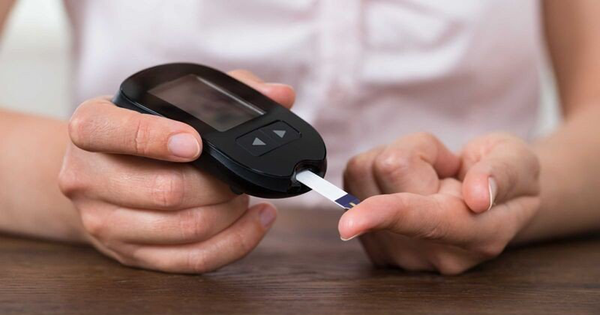
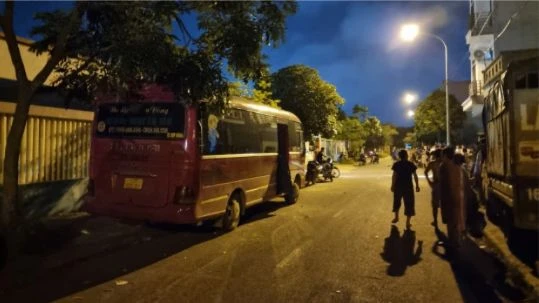

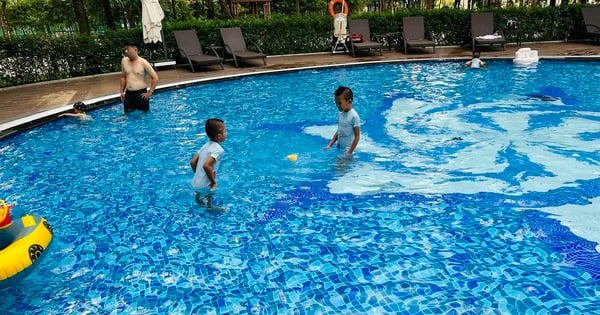







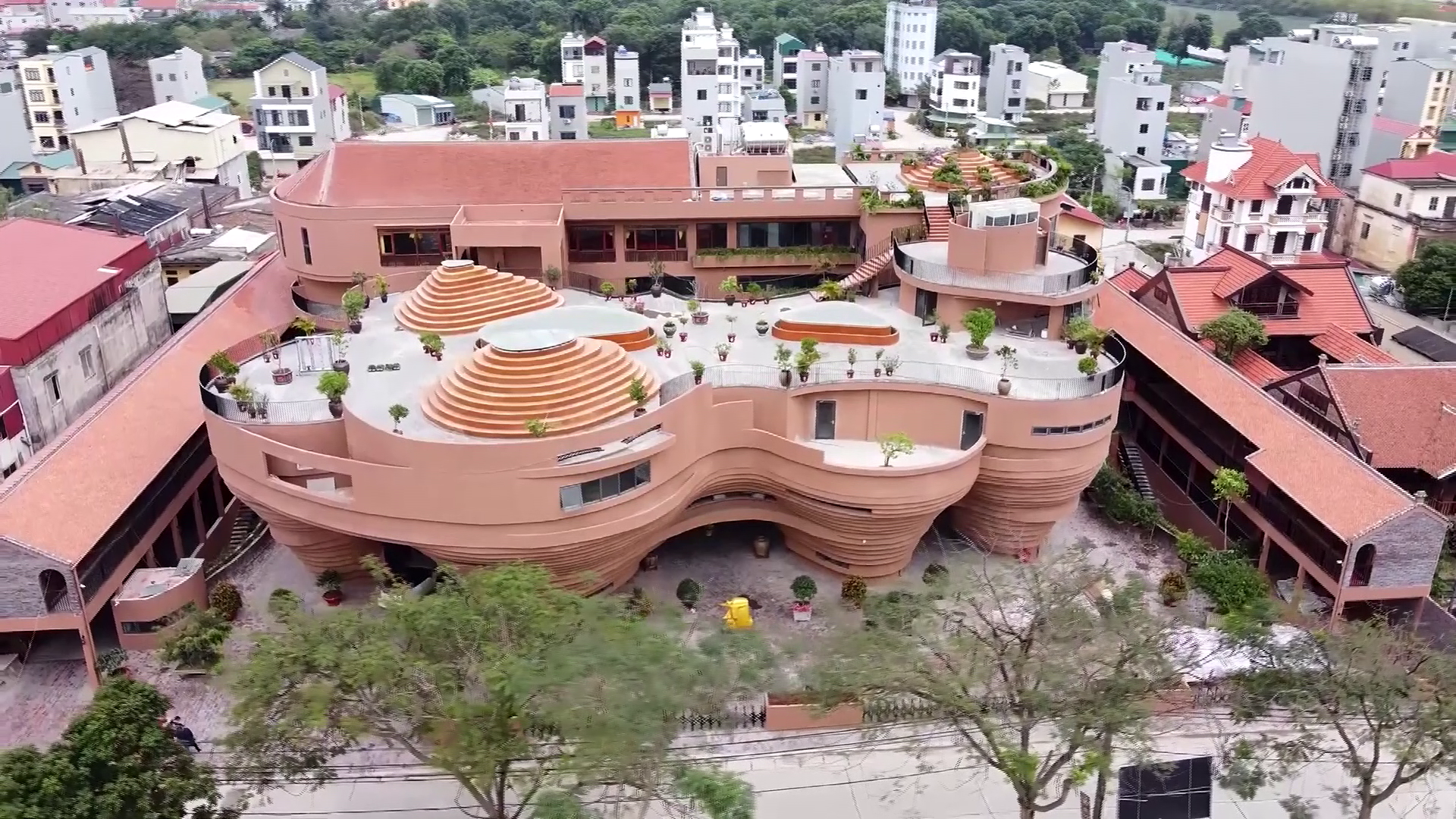




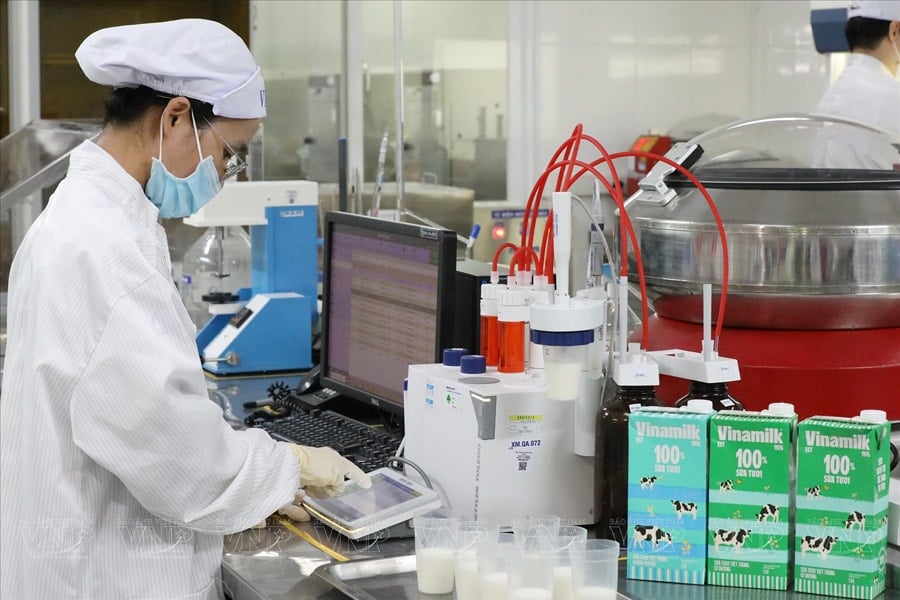









![[Photo] Prime Minister Pham Minh Chinh chairs Government Conference with localities on economic growth](https://vstatic.vietnam.vn/vietnam/resource/IMAGE/2025/2/21/f34583484f2643a2a2b72168a0d64baa)


























































Comment (0)